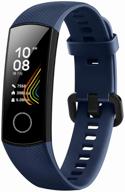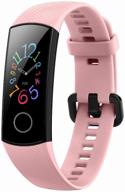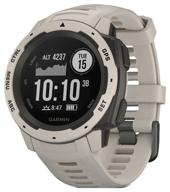
Review on 📊 Eufy by Anker Smart Scale P1: Bluetooth Body Fat Scale with 14 Measurements - Wireless Digital Bathroom Scale for Weight, Body Fat, BMI, and Fitness Body Composition Analysis - Black (lbs/kg) by Summer Lopez

Weight Measurement Only
If you are looking for a scale that will accurately measure and track your weight, this could be a good choice. However, there are several cheaper options that will do this for you as well. I know other reviews question the accuracy. I've found that as long as I stand still and balance, I get stable numbers consistent with another scale I trust. If you go over the edge or move, it will become inaccurate. Even with my height hanging 14 feet by the edges, I can get consistent weight measurements. The big problem with these scales is all the other measurements. The first is the marketing number of "dimensions" that don't really add up. Many of the "dimensions" are the same, but are reported in different ways. Representing both a number and a percentage is not a separate dimension, just a different representation of the same thing. I find it dishonest to increase the number over the competition by simply reporting the same thing twice. Then there is the question of what they actually measure and what is only calculated. The best I can say is that almost everything is calculated based on the age and height that you enter along with the measured weight. There is no other way to measure BMI. This is a formula. This results in the BMI method for calculating body fat percentage. The percentage that the scale shows me corresponds to this formula. It does not take into account body composition in any way. From this number, it calculates other numbers like percentage of lean body mass, body lean kilograms and pounds of body fat. There is even a formula for calculating BMR (metabolism) from lean body mass (which is simply calculated based on weight - body fat from BMI) that is very close to what the scale is telling me. I have no idea where they got the value of visceral fat from. I was always exactly 12.0, never changed, despite weight loss. It's magical that it doesn't even differ by 0.1. For body fat percentage, the US Navy tape measure gives me 13.9 (I work 15 hours a week, lost 4 inches from my waist and my abs are showing, so I think I'm closer to that than the scale). . I have a 24.1 on this scale. The average-based BMI method simply has nothing to do with this and severely biases every other value it reports. Maybe adding an "Athlete" mode will give better numbers, but they're all calculated anyway. I have no idea what the electric current actually does. My water weight doesn't change much when I know I'm dehydrated and not well hydrated. My protein content remains low, even though I eat a relatively high-protein diet. Now the application. It also needs a job. Sometimes entries older than 10 years are created, which breaks the sync with Google Fit. I need to go into history and delete these entries to get sync working again. Trend charts are practically useless. They need to be shown on a larger scale. Weight can fluctuate by several pounds throughout the day. Weight loss/gain is typically 1-3 pounds per week when actively trying to gain/lose weight. Any meaningful trend must be longer than the last 7 days to eliminate daily variance noise, which can actually be larger than the actual weekly trend. The charts should indeed be zoomable by month with the ability to scale from a minimum of 3 to a minimum of 12 to remove natural daily fluctuations and see the real trend. The presentation of the data is also spooky. If % body fat + % muscle mass + % bone mass is always 100%, how can they all be high? At best, 2 could be high and the 3rd should be low or maybe medium. Since the numbers aren't exact anyway, it really doesn't matter. But it still worries me. If you're of average build, BMI-based estimates are likely to get you close. But how many people who are just average and not working to transform their bodies really need to know and keep track of all these values? One use case for trend tracking is people trying to lose weight and/or build muscle and get healthier. Once you make some progress, all the numbers become useless. This can cause some people to lose motivation when they don't realize that the scale isn't actually showing any measurements.
- Body Composition Monitor
- No Power
New products
Comments (0)
Top products in 🚴♂️ Fitness & Activity Monitors
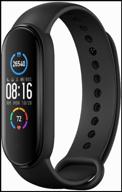
Smart bracelet Xiaomi Mi Smart Band 5 RU, black

148 Review
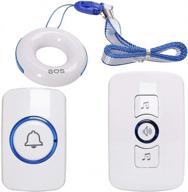
SadoTech Necklace: A Wireless Medical Alert System For Caregivers And Seniors

44 Review
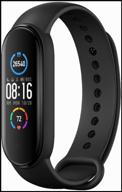
Smart bracelet Xiaomi Mi Smart Band 5 Global, black

244 Review
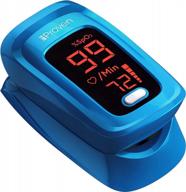
Track Your Oxygen Levels And Heart Rate With IProven Fingertip Pulse Oximeter – Includes Battery, Case, And Lanyard In Blue

49 Review


